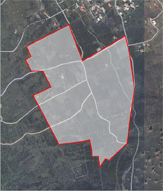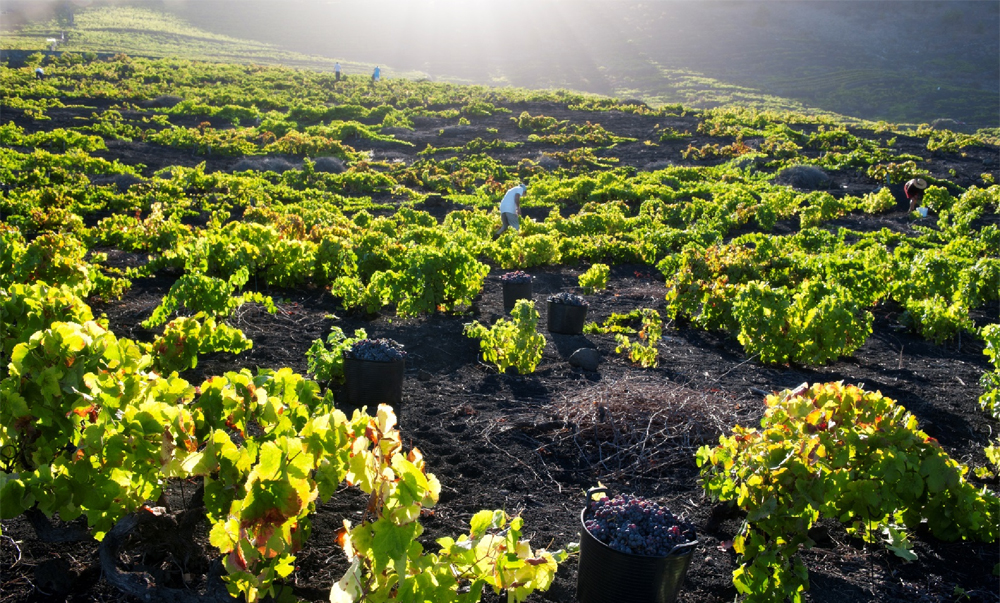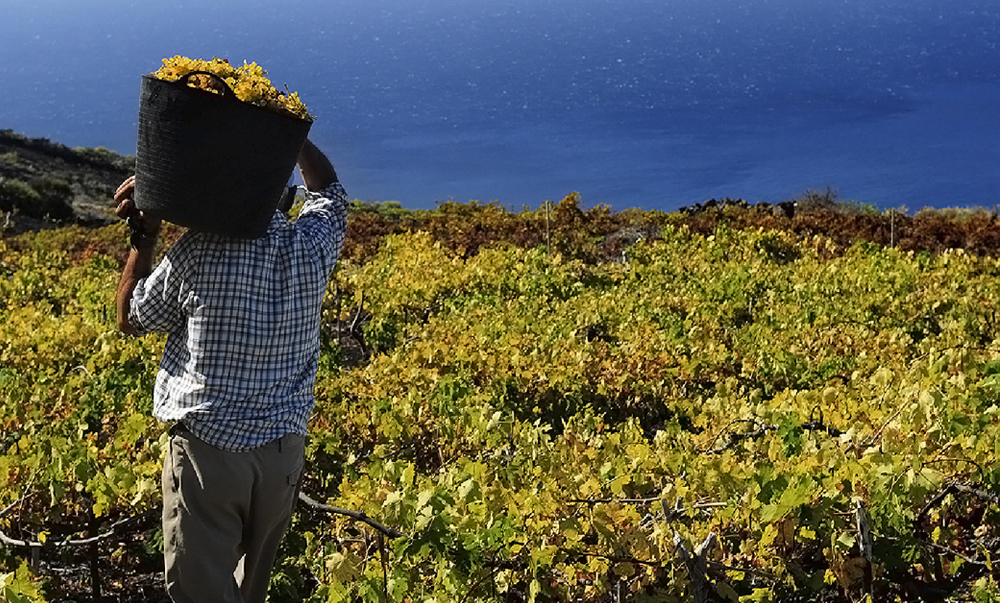The vineyards
The viticulture in Fuencaliente is configured as a closed landscape with unique beauty on a difficult and fragile environment.
It is impossible to assess the wines of los Llanos Negros without knowing about the environment they come from and the special features required for their production. The heroic viticulture has an excellent quality potential, but involves huge economic and human efforts.
 Llanos Negros vines are grown according to standard integrated viticulture. We improve with natural prevention actions. Vines are only treated when there is a real risk of disease, with the less aggressive products for the fauna.
Llanos Negros vines are grown according to standard integrated viticulture. We improve with natural prevention actions. Vines are only treated when there is a real risk of disease, with the less aggressive products for the fauna.
Our cultivation system does not allow us to introduce any mechanization at all, so the work has to be done by hand. This annual sacrifice during the long harvest season has a typical image of men and women with baskets, a work full of effort and faith. This courage wishes to be rewarded with a worthwhile result.
The soil work is minimal as it’s covered by volcanic ash, and there is no weed growth. Our commitment with the terroir of the Llanos Negros is seeking the best integration with the ecosystem.
Respecting the crops of Llanos Negros means favoring indigenous noble varieties that have been planted for centuries and that constitute a unique landscape, unknown to the majority of Spaniards, maintaining the uniqueness of this vineyard.
The eleven hectares are located between 300 and 400 meters, with southwest exposure and a slope of 10%. With a semi-arid climate and clear Atlantic influence. An average vine density of 1,800 plants per hectare.



